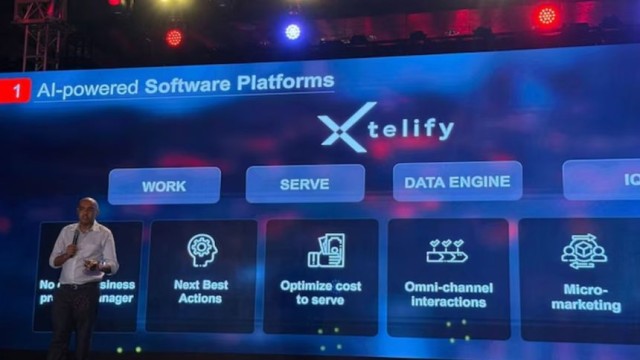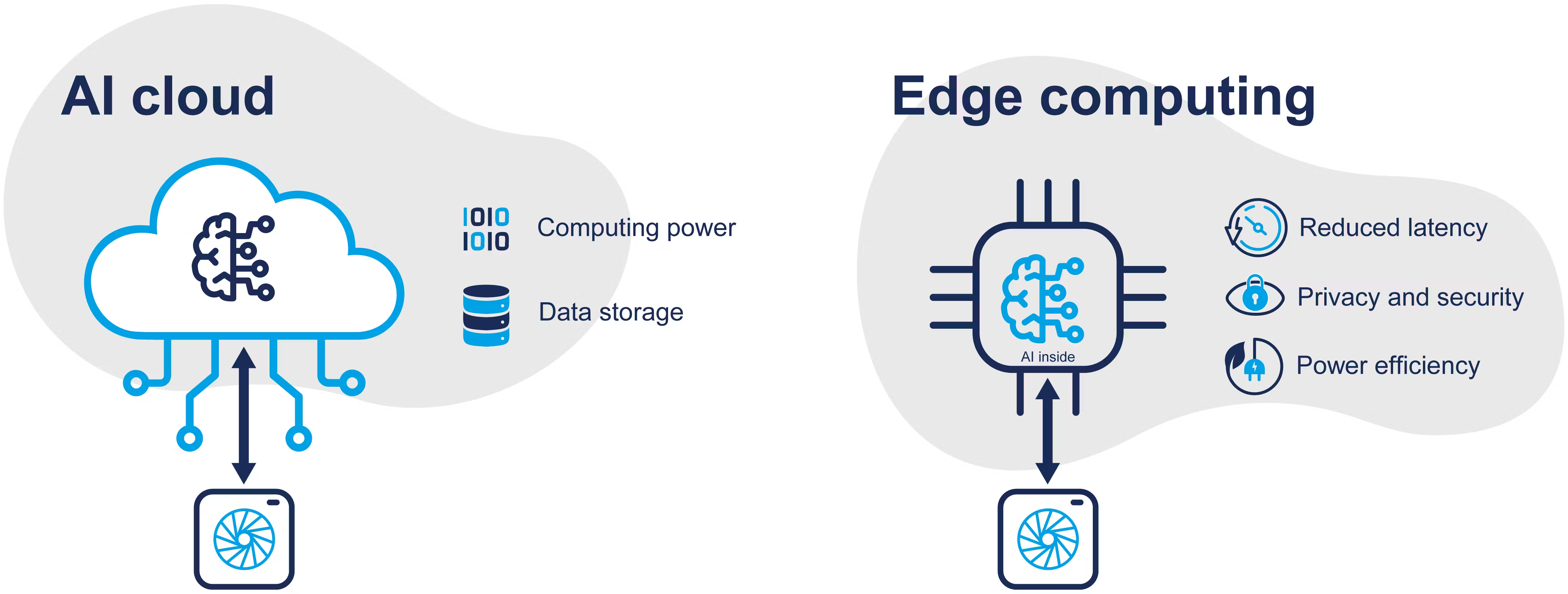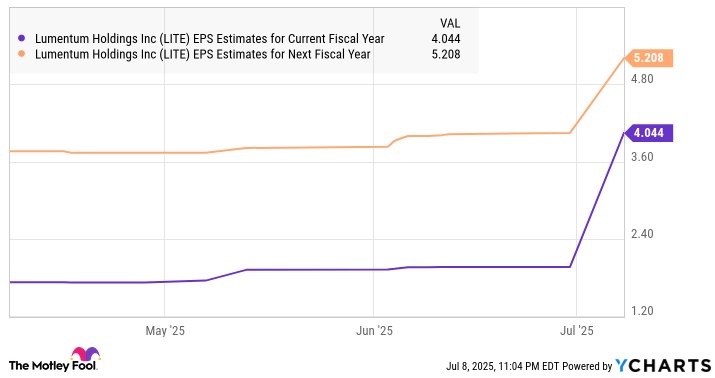🌍 AI and Telecommunications Trends – Week of September 8, 2025
This week’s headlines are not just news: they are clear signals of where the industry is heading. From major corporate moves to new cloud platforms, artificial intelligence and telecommunications are mapping the future.
1️⃣ Telefónica bets on mergers and acquisitions to strengthen the European sector
What happened: Telefónica plans to sell operations in Argentina, Uruguay, Chile, Mexico and Ecuador to raise up to €3.6 billion, with the goal of financing acquisitions in strategic markets such as Germany, UK, Spain and Brazil.
Why it matters: Europe is going through a telco consolidation process, where major players seek more scale to compete and finance investments in fiber, automation and artificial intelligence. Telefónica is not just looking to sell, but to reposition itself as a strong pan-European operator, capable of standing up to Deutsche Telekom or Orange.
Concrete example: If it acquired Vodafone Spain or part of Virgin Media O2, it could integrate fixed and mobile services with predictive analytics, optimizing traffic on 400 Gbps networks and applying AI to reduce outages before they affect users. In practice, it would become an operator with enough muscle to drive continental data center and digital services projects.
Source: Reuters – Telefónica bets on mergers to strengthen Europe
2️⃣ Airtel launches Xtelify, an AI cloud for operators
What happened: Bharti Airtel presented Xtelify, a telecom cloud platform, developed together with Singtel, Airtel Africa and Globe Telecom.
Why it matters: The goal is to reduce cloud costs by up to 40%, ensure data sovereignty and offer locally trained AI models. This bet opens a path towards digital independence in emerging markets, less dependent on AWS, Azure or Google Cloud.
Concrete example: An operator in Kenya will be able to deploy customer service chatbots trained with local dialects and their own digital applications, without regulatory risks or dependence on Big Tech. Xtelify combines distributed infrastructure, edge AI and a federated cloud model so each country retains control of its data.

Source: Reuters – Airtel launches Xtelify: cloud and AI for operators
3️⃣ Edge AI drives more efficient and faster telecommunications
What happened: Operators worldwide are deploying nodes with AI chips near users, consolidating Edge AI as a key piece of modern telecommunications.
Why it matters: With the expansion of IoT, 5G and future 6G, depending on central cloud is no longer enough. Edge AI enables millisecond responses, reduces latency and improves network resilience, something vital for streaming, gaming or telemedicine services.
Concrete example: In a city, an antenna with Edge AI can detect traffic overload and redirect connections immediately, avoiding outages. This type of optimization will be essential to enable autonomous cars and critical applications.

Source: The Economic Times – Edge AI drives more efficient telco networks
4️⃣ Lumentum receives “Buy” rating for its role in AI data centers
What happened: Citigroup recommended buying Lumentum shares, provider of EML optical modules, essential for expanding the capacity of data centers that power artificial intelligence.
Why it matters: AI cannot advance without high-speed optical hardware. Data centers that train models with billions of parameters need interconnections of 200 Gbps or more, and Lumentum offers solutions with lower energy consumption and higher performance.
Concrete example: Their lasers and optical modules allow a data center to scale without skyrocketing energy costs or overheating. Innovation in this “invisible link” is as critical as what happens in algorithms.

Source: Investors.com – Citigroup rates Lumentum “Buy” for its role in AI data centers
5️⃣ BT warns that AI could generate more job cuts
What happened: Allison Kirkby, BT’s CEO, warned that AI could cause additional cuts to the 55,000 already planned until 2030.
Why it matters: AI automation in telecommunications is a reality: virtual assistants, predictive maintenance and automatic billing are replacing human functions, opening a debate about social impact.
Concrete example: The Aimee virtual assistant already manages more than 60,000 weekly interactions, which previously required dozens of employees. While this reduces costs and improves efficiency, it also forces rethinking talent retraining across the entire industry.
Source: Financial Times – BT CEO warns AI could cause more job cuts
📚 Recommended readings
-
Financial Times – “Inside the relentless race for AI capacity” https://ig.ft.com/ai-data-centres/
-
IEEE Spectrum – “6G-AI Mashups Will Reshape the Telecom Industry” https://spectrum.ieee.org/6g-ai-mashup
-
Financial Times – “The AI race” https://www.ft.com/content/722fa7c0-81f1-45c9-a43e-27f100a4928c
🔮 Final reflection
What we see this week is that artificial intelligence is no longer an experiment: it’s the engine that’s defining how telecommunications are organized and who will lead in the future. From corporate moves like Telefónica’s, to sovereign platforms like Xtelify or the adoption of Edge AI, the sector is rearming for a new cycle.
In the end, all this points to the same thing: whoever manages to integrate AI with strategic vision, solid infrastructure and social responsibility will mark the path in the coming years. And that path is no longer built only with cables or antennas, but with investment decisions, talent and trust in technology.
✍️ Claudio from ViaMind
Atrévete a imaginar, crear y transformar.
